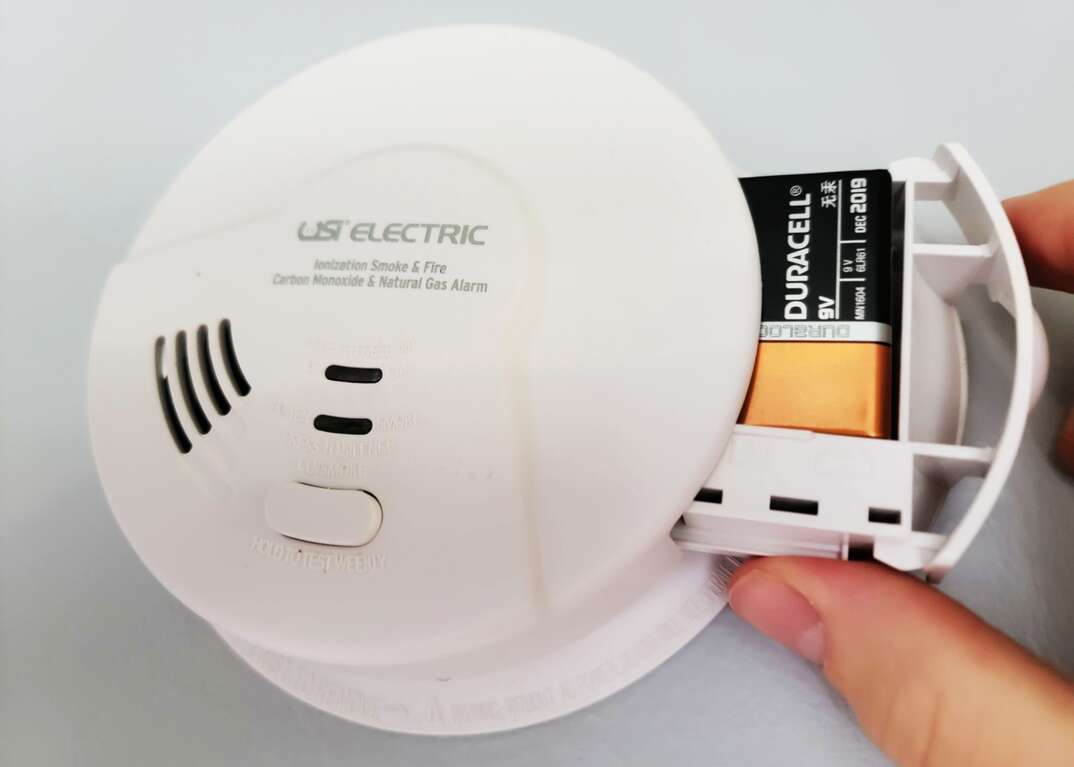- AppliancesElectriciansHVACLandscapingLocksmithPest ControlPlumbingRenovationRoofingT V RepairAll Home Improvement
- Car AccidentClass ActionCorporate LawCriminal DefenseDivorce LawEmployment LawFamily LawFinancial LawLegal AidMedical Injury LawyersMedical MalpracticeReal Estate LawWater Fire RestorationAll Legal
- InvestmentRetirementAll Finance
- Animal InsuranceAutoGeneral InsuranceHealth PolicyHome RentersAll Insurance
- DentalHealth SpecialistsAll Medical
- Animal CareVeterinaryAll Pets
- Auto GlassTowingAll Automotive
Where Should You Place Carbon Monoxide Detectors?

Carbon monoxide, often dubbed "the silent killer," is a colorless, odorless gas that can cause severe health problems when inhaled. Breathing in large amounts of carbon monoxide can lead to unconsciousness and even death, so protecting yourself and your family is essential.
Read More Home Improvement Articles
Despite these risks, only 28% of American homes contain a carbon monoxide detector — according to a study by J Environ Health. Installing carbon monoxide detectors can alert you in an emergency, so you can evacuate your home.
According to the International Association of Fire Chiefs, you should install a carbon monoxide detector on each floor of your home, including the basement. Therefore, the number of carbon monoxide detectors you require often corresponds with the number of floors in your house.
However, you may require more carbon dioxide alarms if you have a large home or an unusual layout. You should follow the National Fire Alarm and Signaling Code requirements if you purchase dual-function smoke alarms with integrated carbon monoxide detectors. Alternatively, a professional fire safety inspector can advise you on the best fire alarm placement for your property, and they may also provide advice on carbon monoxide detectors.
More Related Articles:
- How Much Does a Home Inspection Cost?
- 4 Tips for Hiring a General Contractor for Your Next Remodeling Project
- Should You Hire a Contractor or a Handyman?
- 5 Things to Look For When You're Hiring an Electrician
- What to Look for When Hiring an Exterminator
Where to Put Carbon Monoxide Detectors
So, where is the best place to put carbon monoxide detectors? The IAFC recommends installing at least one alarm on each floor, and it's particularly important to place a carbon monoxide detector outside sleeping areas. An alarm outside your bedroom increases your chance of waking in an emergency.
You can never have too many carbon monoxide detectors. For added safety, you could consider installing an additional alarm in every bedroom and an extra unit on each floor.
Avoid installing carbon monoxide detectors within 15 feet of fuel-burning, heating or cooking appliances. When you turn them on, these appliances can cause false alarms by releasing a small amount of carbon monoxide. Humidity can prevent the alarms from functioning correctly, so you shouldn't put them in bathrooms or other warm, damp environments.
If you install battery-powered alarms, you should test each unit monthly. Most carbon monoxide detectors last for five to 10 years, but it's essential to check the manufacturer's instructions and replace alarms when they reach the end of their expected lifespan.
Carbon monoxide detectors are an effective way to reduce the risk of poisoning. The following tips can also help you minimize the chance of unsafe levels of carbon monoxide accumulating in your home:
- Avoid blocking or shutting exhaust flues or ducts
- Don't run your car engine inside a garage or carport
- Avoid using ovens as heaters
- Have vents and chimneys inspected regularly
- Don't use charcoal or gas stoves inside or near open windows
- Install fuel-burning appliances correctly
- Educate your family on the risks of carbon monoxide poisoning, and ensure everyone knows what to do if the alarm sounds
Elocal Editorial Content is for educational and entertainment purposes only. Editorial Content should not be used as a substitute for advice from a licensed professional in your state reviewing your issue. Systems, equipment, issues and circumstances vary. Follow the manufacturer's safety precautions. The opinions, beliefs and viewpoints expressed by the eLocal Editorial Team and other third-party content providers do not necessarily reflect the opinions, beliefs and viewpoints of eLocal or its affiliate companies. Use of the Blog is subject to the
Website Terms and Conditions.The eLocal Editorial Team operates independently of eLocal USA's marketing and sales decisions.

